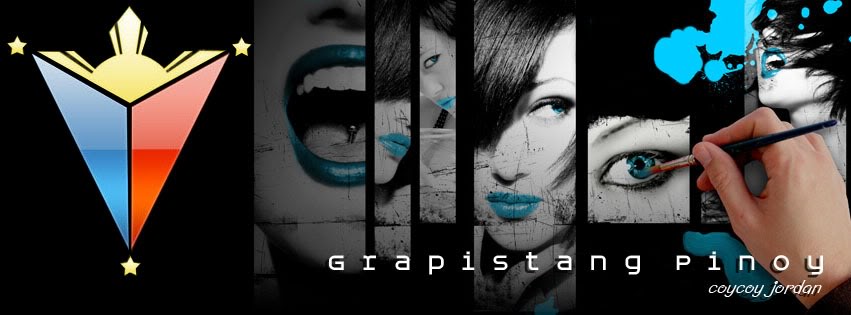Teeth whitening is something that many people just do wrong. I’ve seen so many tutorials that show unnecessary steps to achieve a whitening that hardly looks natural. Remember that portrait retouching is all about balance and making your models look good but as natural as possible. In this tutorial I will show you a quick way of whitening teeth an keep them natural.
The most important thing to get this right is to properly select the teeth of your model. In this particular case it makes no sense to use the Pen Tool as I teach in most of my manipulation tutorials. There is a quicker way of selecting teeth. You can use the Quick Mask option and use the Brush Tool (B) to select the teeth.
So, follow this process:
First, select the Brush Tool (B) and make sure your Foreground Color is Black and the brush opacity is at 100%. You can get this by pressing D on your keyboard and switch the colors with the X key. Now you need to adjust your brush settings. Use a medium size and adjust it as you need when needed for corners. Set the Hardness to 35-45%.
When you’re done, press Q again or the Quick mask icon and you will see that a selection will be created. If the selection is all around the image, invert it from the menu Select>Inverse.
Now you can start whitening those teeth. I usually use Adjustment Layers (more than anything because I can see what settings I used later on when writing the tutorial).
The first thing you have to do is to get rid of the (usually) yellowish tone. For that you can use Hue/Saturation. Just reduce the Saturation to about -20% depending on how yellow the teeth you’re working with are. It makes no sense to go selective and choose the Yellow channel, it makes no difference.
The most important thing to get this right is to properly select the teeth of your model. In this particular case it makes no sense to use the Pen Tool as I teach in most of my manipulation tutorials. There is a quicker way of selecting teeth. You can use the Quick Mask option and use the Brush Tool (B) to select the teeth.
So, follow this process:
First, select the Brush Tool (B) and make sure your Foreground Color is Black and the brush opacity is at 100%. You can get this by pressing D on your keyboard and switch the colors with the X key. Now you need to adjust your brush settings. Use a medium size and adjust it as you need when needed for corners. Set the Hardness to 35-45%.
[Only admins are allowed to see this image]
Now that your brush settings are set, press Q to enter the Quick Mask mode or press the icon on the bottom of the left tool bar. Now carefully start painting over the teeth. Zoom in as close as you need to make sure you get a perfect selection. If you mistakenly go over the edges simply switch the Foreground Color to White and that will allow you to erase. So, you don’t have to switch to the eraser tool.When you’re done, press Q again or the Quick mask icon and you will see that a selection will be created. If the selection is all around the image, invert it from the menu Select>Inverse.
[Only admins are allowed to see this image]
As I said over and over again in all my tutorials, you have to get used to work non-destructively. For that, with the selection loaded, press Ctrl+J to copy the teeth to a new separate layer or go to Layer>New>Layer Via Copy. With the teeth in a separate layer you can edit the mas you like without the fear of losing the original image.Now you can start whitening those teeth. I usually use Adjustment Layers (more than anything because I can see what settings I used later on when writing the tutorial).
The first thing you have to do is to get rid of the (usually) yellowish tone. For that you can use Hue/Saturation. Just reduce the Saturation to about -20% depending on how yellow the teeth you’re working with are. It makes no sense to go selective and choose the Yellow channel, it makes no difference.
[Only admins are allowed to see this image]
If you want your teeth to be a bit brighter, you can use Levels and increase the Highlights by a tiny amount. Be careful not to overdo it, it’s so easy. That’s why I use Adjustment Layers, so that I can modify my settings whenever I want.[Only admins are allowed to see this image]
Recommendations- I strongly recommend to use Adjustment Layers because this is a non destructive technique and if you retouch an images for somebody else, they might not like all your edits and ask for modifications and you need to be able to quickly change settings without redoing all your work.
- Be careful with ambient light and illumination levels on the image. If the photo was took in a dark environment, be careful with the Curves. Do not make the teeth shine in the bright, it looks very unnatural.




 Home
Home Register
Register Log in
Log in
 Natural Teeth Whitening
Natural Teeth Whitening
 Thu Aug 30, 2012 3:26 pm
Thu Aug 30, 2012 3:26 pm
